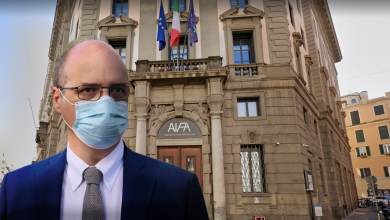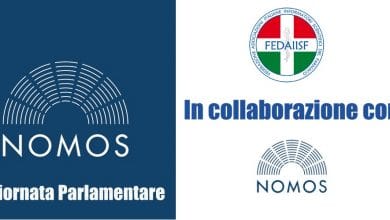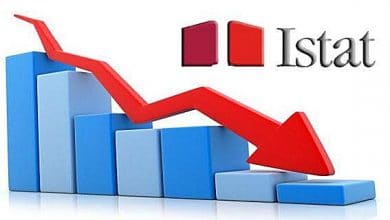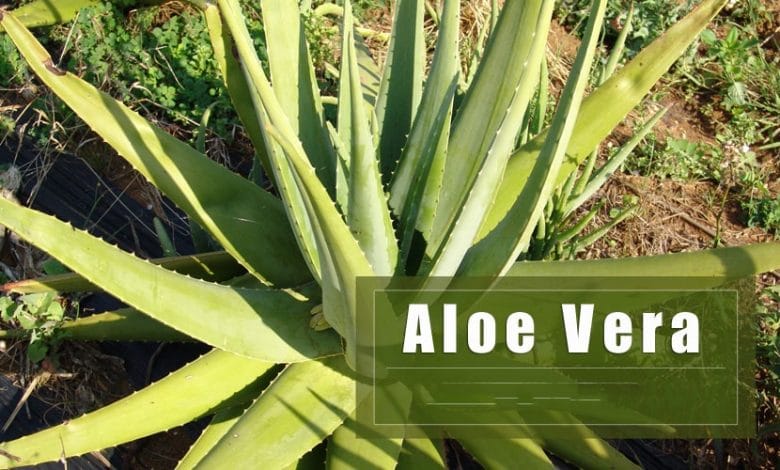
We receive and publish:
NOTE TO THE PRESS: Report to the Ministries of Health and Mipaaf Genotoxicity of Anthraquinone Plants and Aloe
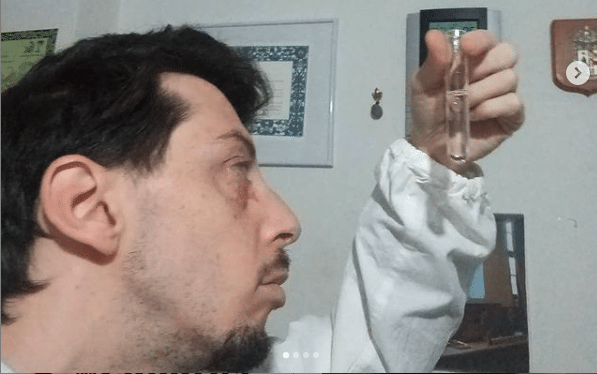 Following my Open Letter to the Press in which I affirm that there is no scientific correlation between Anthraquinone Plants such as Aloe and forms of genotoxicity or carcinogenicity as Europe erroneously wants to believe by banning the use of extracts containing aloin, aloe emodin and dantrone for health use but inexplicably allows them for flavoring use in liqueurs when the dose of hydroxyanthracenes is greater in the latter than in the former.
Following my Open Letter to the Press in which I affirm that there is no scientific correlation between Anthraquinone Plants such as Aloe and forms of genotoxicity or carcinogenicity as Europe erroneously wants to believe by banning the use of extracts containing aloin, aloe emodin and dantrone for health use but inexplicably allows them for flavoring use in liqueurs when the dose of hydroxyanthracenes is greater in the latter than in the former.
I have decided to bring to the attention of the Ministries of Health and Mipaaf my considerations regarding the EFSA report and more generally the absolute scientific inconsistency of the statements present in the studies taken into consideration on the merits and method used.
Best regards
Paul Pellini
Herbochemist profession
Letter to the Ministries of Health and Mipaaf
To the kind attention of the Ministries of Health and Agricultural and Forestry Policies.
My name is Paolo Pelini, I am a herb chemist, a professional expert in quality control, research and evaluation and pharmacognostic recognition of medicinal plants and their extracts!
I deal with research on the microbiota in medicinal plants and in its action of modifying the phytocomplex of the same, as well as scientific consultancy in the Pharmacognostic field.
Following the decision of the European Union to eliminate from the health market Aloe-based products with physiological action with a hydroxyanthracene content higher than 1 ppm as per the Ministry of Health circular and put under observation by the Plants Commission Anthraquinones such as: cascara, frangula, rhubarb because they contain potentially anthraquinone substances according to the Genotoxic and Carcinogenic Commission I want to bring to your attention and the Ministers and Undersecretaries competent for the matter the following scientific considerations of merit and method also following the numerous telephone calls and Emails which I receive daily in my studio from agricultural and herbal companies as well as pharmacists and herbalists concerned about the situation.
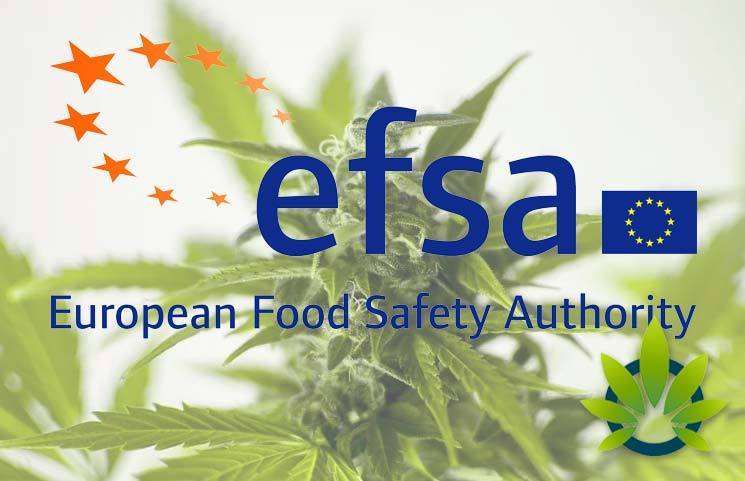 With regard to the report presented by EFSA, the result not of a clinical and laboratory study ex novo but of bibliographic literature which, in my opinion, is not exhaustive, it must be said that:
With regard to the report presented by EFSA, the result not of a clinical and laboratory study ex novo but of bibliographic literature which, in my opinion, is not exhaustive, it must be said that:
There is no scientific proof of the genotoxicity and carcinogenicity of hydroxyanthracene products!
Furthermore, the evaluation method taken into consideration by EFSA is based on tests such as that of Test Ames which are not reliable or predictive of genotoxicity and even less of carcinogenicity as a biological model of bacteria (Salmonella typhimurium) was used which is not comparable biologically or genetically the complexity of a eukaryotic organism.
Furthermore, from what can be deduced from the report of the aforementioned institution, the studies taken into consideration were not carried out in a workmanlike manner in the method as the culture media used lack p450 enzymes which had to be added to the medium by means of liver extract of rat (S9) to simulate the biochemical action and the modification of the hydroxyanthracene molecules making them possibly carcinogenic or in any case mutagenic, as well as for the same declaration of the EFSA other tests, for example of breakdown of the SOS DNA damage, conducted are not validated for genotoxicity .
Furthermore, the EFSA report shows that the data from the studies taken into consideration are incomplete, not to mention that the fact that the molecules examined are not in the pure extract as in laboratory tests was not taken into consideration at all , but in an extract therefore influenced by the phytocomplex which can moderate any toxicity or interaction that could be found in the isolated molecule.
The lack of these requirements makes in vitro tests absolutely unreliable and lacking the requirements to be able to declare hydroxyanthracene derivatives in my opinion dangerous for health.
Furthermore, the justification asserted by someone to endorse the idea of wanting to eliminate anthraquinone plants such as aloe because they are potentially toxic as they contain hydroxyanthracene derivatives finds no foundation, given that it would be enough to establish a minimum permitted dose of anthraquinones and include in the pharmacopoeia the related analytical methods such as HPLC, Spectrophotometry and the most banal but the most accessible to companies such as the Colorimetric test to identify this percentage in the extracts.
I ask the government to set up a table to develop a new study from scratch to verify by reading the drought of hydroxyanthracene plants both in vivo and in vitro with us experts and I remain available for any clarification.
Best regards
Paul Pellini
Profession Herbochemist
Consulting and Research Quality Control and Pharmacognostic Evaluation of Vegetable Extracts of Medicinal Plants, Microalgae and Bud Derivatives and Microbiota Research of Medicinal Plants
Pelini Herbal Chemical Consulting Firm
Rome Italy
Phone: 351/0461450
E-mail: paolo.pelini@gmail.com
http://www.paolopelinierbochimico.it
Related news: FederSalus. Let's clarify about Aloe
Ministry of Health circular regarding botanical species containing hydroxyanthracene derivatives.
EFSA confirms that hydroxyanthracene derivatives in food are a health concern

